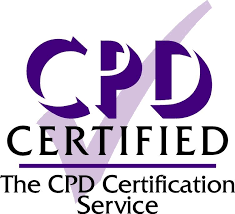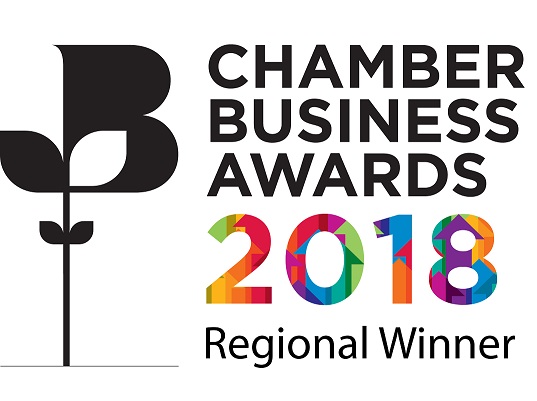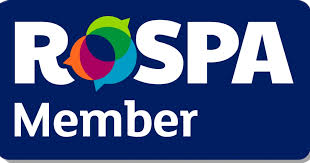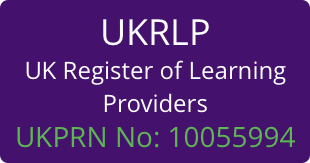Description
Course Overview
This Interior Design Diploma online course begins with a discussion of what interior designers do on a day-to-day basis, how they are trained, and the qualities necessary to succeed in this line of work. It then looks at a number of topics within interior design, enabling you to develop an understanding of how interior projects are managed. The modules within this course cover colour, project management, furniture, materials, textures, and much more. The course also contains clear, up-to-date information on what you need to consider when setting up your own interior design business. You will also learn about sustainability in interior design; an issue that has recently begun to receive attention in the industry.
On completion of the course you will be required to pass a multiple choice test, which covers all the modules you have just completed. On passing, with a pass rate of seventy percent, you will have the ability to download and print your certificate.
Course Contents
The ten modules are overflowing with valuable information that you can use in your interior design career, this includes:
- What an interior designer does, the history of interior design as a profession, the most popular manual and digital tools used to complete projects, and the typical routes people follow when building their career as a designer.
- How to plan a project, and work with clients and other contractors to ensure that a client brief is filled.
- Important issues that will arise when planning and decorating specific types of space, including kitchens, offices, bathrooms, bedrooms and living rooms, and how to address them.
- An overview of colour psychology, colour terminology and how interior designers use colour to enhance the appearance of a space.
- The importance of selecting appropriate surfaces, materials and textures when deciding on a style and aesthetic, including floor and wall coverings.
- The different ways in which lighting can alter the mood and appearance of a space, and how to select the right kind of illumination for any room.
- How to choose furniture for any space, how to draw inspiration from the most popular kinds of style used in interior design, and how to customise furniture so that it fits your client’s vision.
- How to make the most of textiles and accessories to add personality to any project.
- What is meant by the term “green design”, and how you can make sure that your design practice is ecologically and ethically sound.
- The steps you will need to take when starting your own business
Course Modules
Module 1: What is Interior Design?
- What is meant by the terms “interior design” and “interior designer”
- The tasks carried out by interior designers on a day to day basis
- The main steps involved in overseeing an interior design project
- Why interior design is a valuable discipline
Module 2: Planning a Project and Client Communication
- Why every interior design project begins with a set of preliminary diagrams and a floor plan
- The essential questions a designer needs to ask a client when beginning the design process
- The basic principles of design that should be followed when planning a space
- The steps taken in putting together diagrams and then a floor plan
Module 3: Planning Considerations for Different Types of Room and Spaces
- Why each room in a house or commercial setting warrants special consideration
- What to consider when designing a kitchen
- What to consider when designing a living room
- What to consider when designing a bedroom
Module 4: Use of Colour in Interior Design
- Why you need to understand the role played by colour in interior design
- Colour psychology and its application in interior design
- Using neutral tones and colour schemes
- How to use the colour wheel when decorating an interior
Module 5: Use of Surface Materials and Textures in Interior Design
- Why surfaces and textures are key components of interior design
- Common surface materials used in interior design and how a designer can realise their full potentia
- The most common varieties of paint and wallpaper used in interior desig
- Common finishes and textures used on walls, doors and ceilings
Module 6: Use of Lighting in Interior Design
- Why designers need to consider light sources within a space
- The three main types of lighting used in residential and commercial spaces
- Key issues that must be confronted when working with natural and artificial light
- How to choose appropriate light fixtures, including bulbs
Module 7: Sourcing and Selecting Furniture
- Why you should aim to develop an understanding of the history of furniture
- The most popular interior design styles in use today
- How to select the right piece of furniture for a space
- How to source furniture in an efficient, cost-effective manner
Module 8: Working with Textiles and Accessories
- Why textiles and accessories are important in interior design
- The most common natural and synthetic fibres in use today
- The advantages and disadvantages of working with leather
- How fibres are converted into textiles and how each is typically used in interior design
Module 9: Sustainability and Ethics in Interior Design
- Why you need to understand and implement sustainable and ethical design practices
- How to devise environmentally-friendly designs at the earliest stages of a project
- How to minimise the effects of painting and decorating on the environment
- How to source materials, furniture and accessories in an ethical manner that promotes corporate responsibility
Module 10: Running Your Own Interior Design Business
- Practical considerations to bear in mind when setting up your business, including the appropriate selection of an office space and the tools you will need to get started
- How to register as self-employed
- Your legal obligations and the procedures you need to follow, including income tax and health and safety legislation
- The rules you need to follow when hiring other people
Course Audience
Anyone who has an interest in learning more about interior design is encouraged to take the course. There are no entry requirements.
Course Assessment
Once you have completed all 10 modules there is a multiple choice test. The questions will be on a range of topics found within the modules. The test, like the course, is online and can be taken a time and location of your choosing. The pass mark for the test is 70%. If you don’t pass the test you will get further opportunities to take the test again after extra study. There are no limits to the number of times you can take the test. All test retakes are included within the price of the course.
Course Duration
The course takes approximately 15 hours to complete with an additional 30 minutes for the final assessment, however this will vary from student to student.
Testimonial
‘I think that this course definitely offers some of the best content and way of presenting things for a subject I have always been interested in.’ Emily Holland
Payment Options and Discounts
For purchases of 1 to 9 user enrolments select the number of users you require and add the product to your shopping cart by selecting Add to Cart. You will then be able to make payment using most credit and debit cards or a Paypal account.
For a licence for 10 or more user enrolments, discounts, or if you would like to pay by BACs transfer or by invoice, please contact a customer advisor on 0844 854 9218 or email enquiries@elearningmarketplace.co.uk.
Purchasing Options for your Organisation
We offer a variety of purchasing options giving you total flexibility in how you purchase online training for your organisation. Let us know your requirements and we’ll advise you on the most cost efficient method of purchasing:
- User Licence – a licence for a specified user on specified course/s. The user licence consists of a number of enrolments for a user to use on specified courses.
- Course Licence – a licence for specified course/s for any learner. The course licence consists of a number of enrolments to use on specified course/s for any learner;
- Bundle Licence – a licence for a specified bundle of courses. The bundle licence consists of a number of enrolments to use on any course for any learner in the bundle;
- Subscription Licence – a licence for a maximum number of users to access any course in a specified bundle;
- Site Licence – a licence to install one course, or one or more bundles of courses on your own learning management system. The site licence consists of a number of enrolments to use on any course for any learner in the bundle;
For more information on purchasing options and discounts please phone a customer advisor on 0844 854 9218.







 UK: 0844 854 9218 | International: +44 (0)1488 580017
UK: 0844 854 9218 | International: +44 (0)1488 580017





















